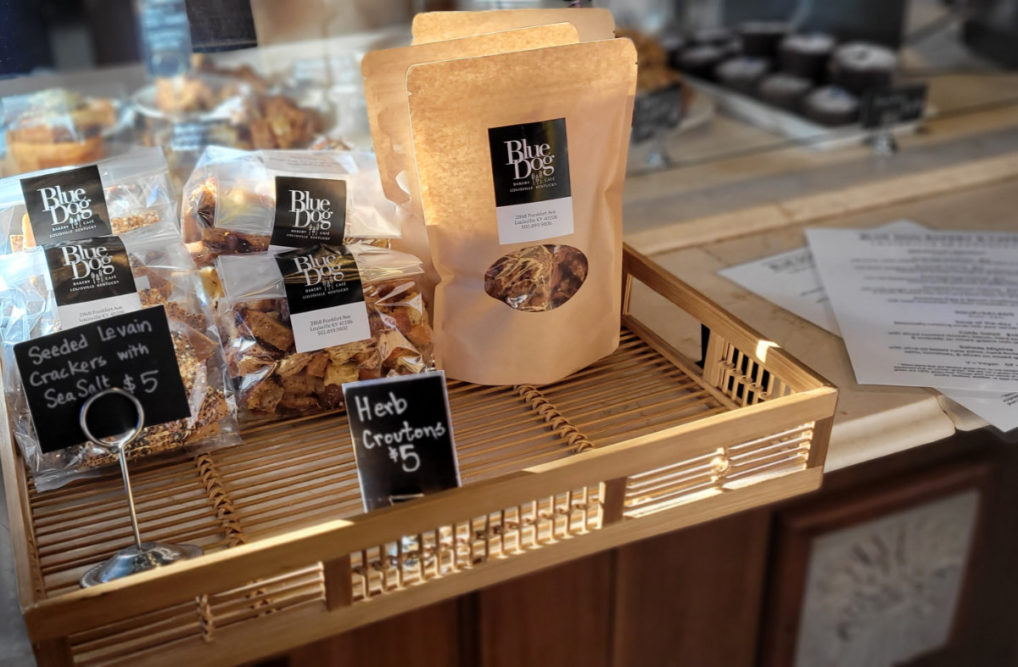The U.S. online grocery market finished November with $7.7 billion in total sales, down 10% compared to a year ago, but only 2% lower than the $7.8 billion reported for the two prior months, according to the monthly Brick Meets Click/Mercatus Grocery Shopping Survey fielded November 29-30, 2022.
The year-over-year decline in total sales was driven by fewer households buying groceries online, combined with lower order frequency and constrained spending per order among monthly active users (MAUs). Delivery was the only method to maintain sales versus a year ago, and the downward pressures were more present in grocery formats than in mass.
“When it comes to shopping online – especially for delivery or pickup – cost considerations include more than the price paid for a basket of products,” said David Bishop, partner at Brick Meets Click. “Many customers also evaluate the total cost associated with using the service, which can include special charges, standard fees, and tips. And, when comparing the total of these costs to the customer, there’s a sizable gap in favor of mass versus grocery.”
“Given that many shoppers are becoming more cost conscious, grocers should consider offering a tiered fee structure based on when a customer wants to receive their order and reduce some of the additional costs customers face when shopping online,” stated Sylvain Perrier, president and chief executive officer at Mercatus. “We know that if offered the choice between shorter cycle times and lower fees, a significant share of online customers will select a time later that day or even the next day to save at least a couple of dollars.”
Key Findings: Nov 2022 vs. prior periods
Base of active shoppers down
The total number of households that ordered groceries online using any of the three receiving methods, delivery, pickup, or ship-to-home, contracted 7% in November versus last year.
The decline was driven by a dramatic drop in the 60-and-older age group and a significant slide among the core customer segment of 30 to 44-year-olds.
Compared to the prior year, the grocery MAU base contracted 5% while the mass base expanded by 6% as cost considerations grow in importance and customers seek to avoid unnecessary spending.
Cost considerations climb in importance for grocery
Cost was cited as the top factor in the choice of where to shop online by 42% of delivery and/or pickup MAUs in November, up from 37% in August 2020 when this question was first fielded.
The share of mass MAUs who cited cost as the most important selection criteria has remained around 45% during that time.
In contrast, the share of grocery customers who cited cost as their top reason increased from 25% in August 2020 to 38% in November 2022.
Cross-shopping between grocery and mass increases
This increased focus on cost may be influencing where and how grocery’s customers receive online orders and motivating some of them to shift trips to mass – especially those who already shop online with both formats.
In November, the cross-shopping rate between grocery and mass, which measures the share of grocery MAUs who also shopped online for groceries with mass during the same period, grew 6 percentage points versus a year ago to 30%.
Average order values: mixed results
Delivery was the only segment that posted a gain in the average order value (AOV), climbing 4% compared to November 2021. In contrast, pickup and ship-to-home both finished 5% lower than last year.
Adding to the list of headwinds challenging grocery formats, grocery’s AOV slipped slightly, by approximately 140 basis points, while mass was essentially flat year over year.
Order frequency: mixed YOY trends
Overall order frequency rates, defined as the number of orders received by MAUs during the period, declined just under 4% versus the prior year. This aggregate decline was the result of contracting demand in the Ship-to-Home segment offset by Pickup being flat and Delivery growing in the low single digits.
Order frequency by format also showed divergent year-over-year trends; Grocery MAUs reported a pullback of 11% in orders completed during November while Mass MAUs rang up 8% more orders versus last year.
Share of spending down
For November, total grocery spending softened, declining 5% versus last year. Since online sales decreased at twice that rate, online’s share of total grocery sales contracted over three points to finish at 10.1% in November.
Excluding the ship-to-home segment (since it is not offered by most conventional supermarkets), Pickup and delivery’s combined contribution was 8.5% for the month.
Overall repeat intent up, but grocery still lagging mass
The composite repeat intent level, which measures the likelihood that an online grocery customer will use the same service again within the next 30 days, climbed 4 percentage points to 62% in November versus last year.
For the month, however, mass continued to outperform grocery at 65% and 59%, respectively. So, in addition to increased cost pressures and declining AOVs, grocery’s headwinds are also due to challenges related to providing the experience that customers now expect with online grocery shopping.




